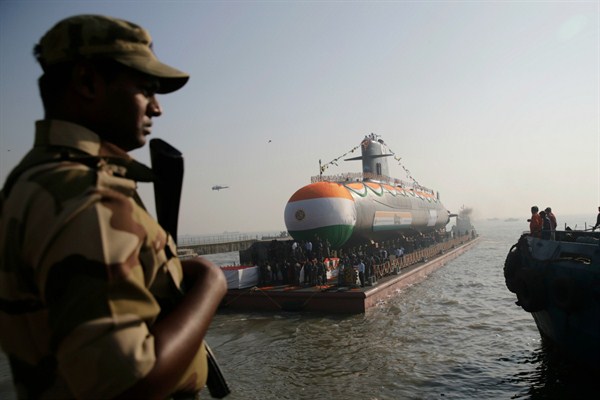On Jan. 31, India signed a 20-year agreement with the island nation of the Seychelles to build an airstrip and jetty for the Indian navy. The pact, which was in the offing for years, reflects greater competition between India and China to establish naval positions in the Indian Ocean. In an email interview, James Holmes, the J. C. Wylie Chair of Maritime Strategy at the U.S. Navy War College, discusses the deal and India’s wider strategy to keep tabs on China in what New Delhi sees as its “rightful nautical preserve.”
WPR: How does India’s port deal with the Seychelles fit into its broader strategic planning for a naval rivalry in the Indian Ocean?
James Holmes: India is belatedly getting into the competition for a “string of pearls” in the Indian Ocean region. This metaphor has been around for well over a decade now, and it refers to China’s effort to negotiate access to seaports or even, as in the case of Djibouti, the right to construct full-fledged bases in strategically situated harbors. A century ago, Alfred Thayer Mahan, an American naval officer and historian, defined naval stations as one of three pillars of sea power. While sail-driven merchantmen and warships could stay at sea almost indefinitely, modern vessels depend on fuel, repairs and stores of all kinds. Ships lacking those supplies, according to Mahan, are like “land birds” unable to fly far from home.

